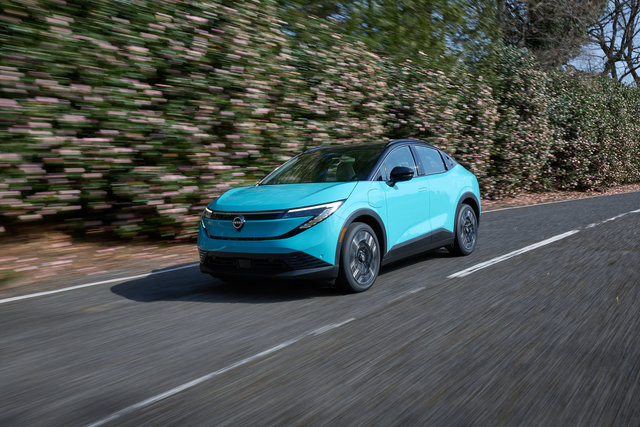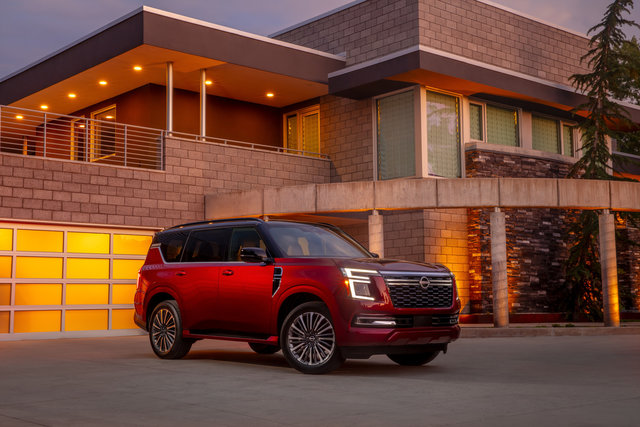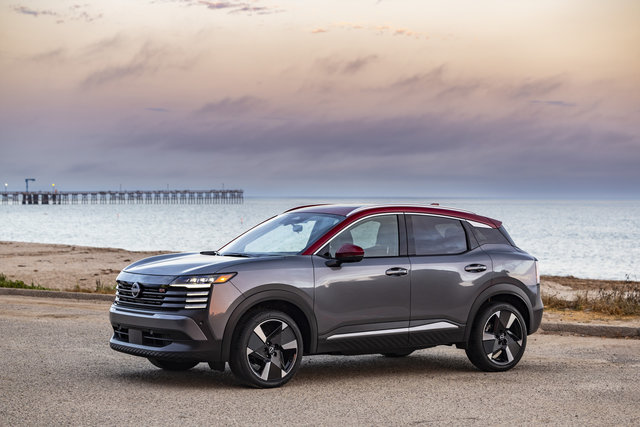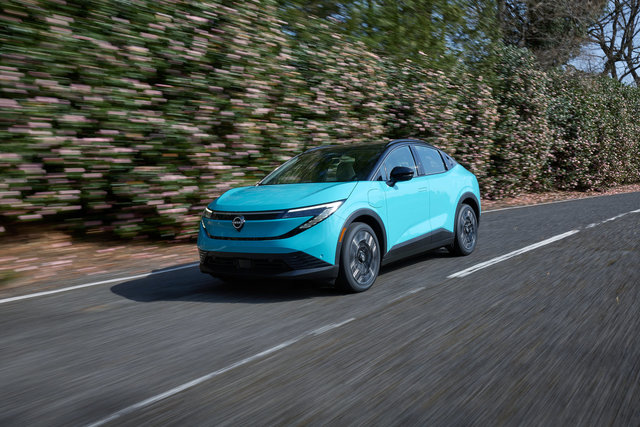Nissan Motor Co. has announced the third-generation 2026 LEAF electric crossover, introducing significant updates that address Canadian drivers' most common electric vehicle concerns. The announcement, made public on June 17, 2025, reveals a completely reimagined vehicle that moves beyond the traditional hatchback design to embrace a family-friendly crossover format.
This latest LEAF builds on 15 years of electric vehicle experience and feedback from nearly 700,000 owners worldwide who have driven over 12 billion cumulative electric kilometres. The redesign targets practical family transportation while incorporating charging technology that works with Canada's expanding electric vehicle infrastructure.
Complete Design Transformation
The 2026 model abandons the previous generation's hatchback silhouette in favour of a crossover design with higher ground clearance and SUV-like proportions. This change responds directly to Canadian preferences for crossover vehicles and provides better visibility and interior space for families.
The exterior features a substantially decreased drag coefficient of just 0.26, down from the previous LEAF's 0.29, contributing to impressive efficiency. Notable design elements include motorized flush front door handles (a first for Nissan), concealed rear door handles in the C-pillar, and an available full-width LED running lamp.
Interior improvements focus on spaciousness with redesigned seats that enhance second-row knee room, an open flat floor beneath the dashboard, and a slimmer centre console. The cargo area offers 20 cubic feet behind the second row, expanding to 55.5 cubic feet with seats folded down.
Two Battery Options for Different Needs
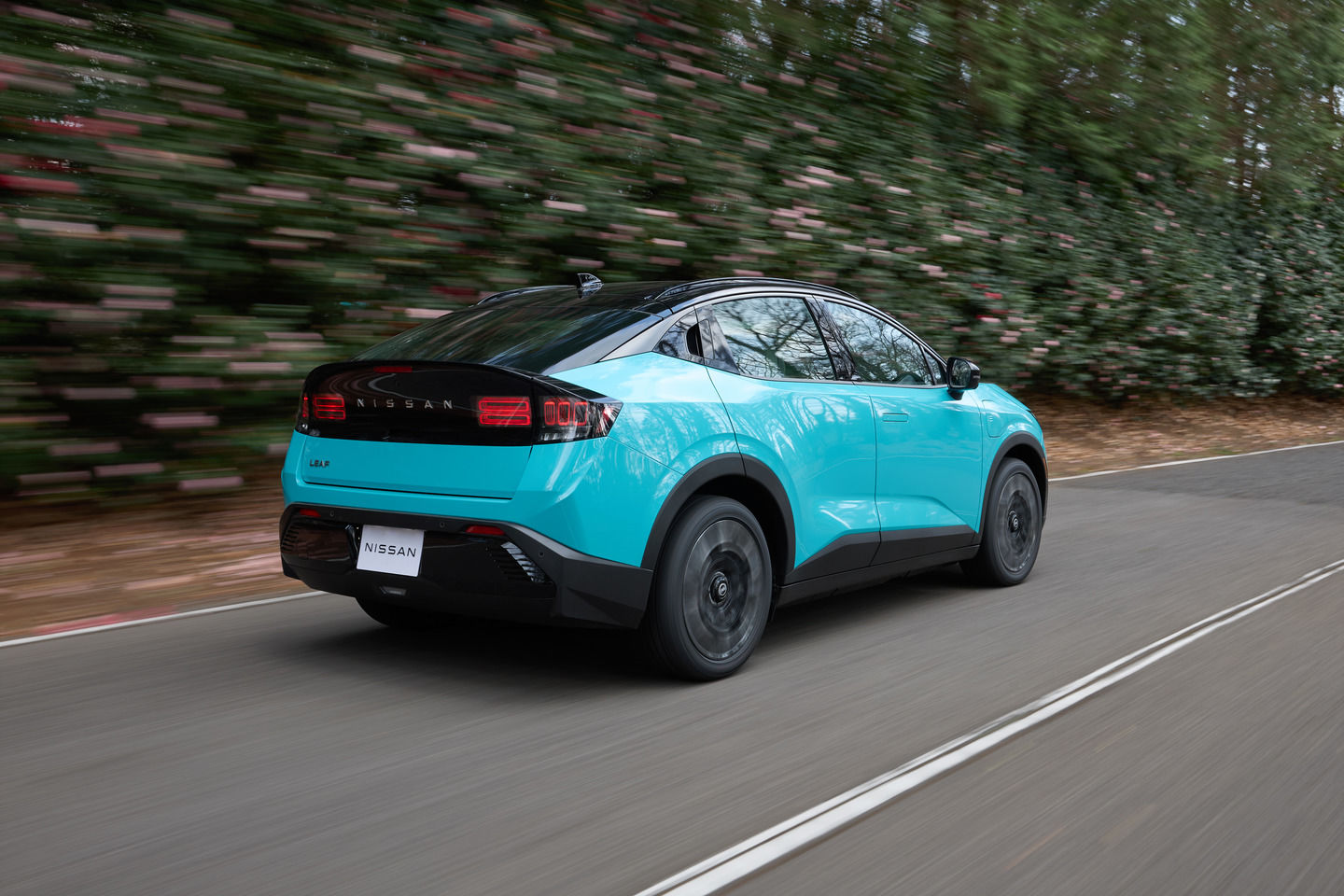
The 2026 LEAF addresses different usage patterns with two distinct powertrain configurations. The base 53 kWh battery pairs with a 130 kW motor for 174 hp and 254 lb-ft of torque, while the larger 75 kWh battery connects to a 160 kW motor producing 214 hp and 261 lb-ft of torque. The higher-capacity version achieves up to 488 kilometres of range, placing it among the longest-range electric crossovers available in Canada.
|
Battery Size
|
Motor Power
|
Horsepower
|
Torque
|
Range
|
|
53 kWh
|
130 kW
|
174 hp
|
254 lb-ft
|
TBD
|
|
75 kWh
|
160 kW
|
214 hp
|
261 lb-ft
|
Up to 488 kilometres
|
Both configurations feature liquid-cooled lithium-ion batteries for consistent performance and a new 3-in-1 powertrain design with compact integrated motor, inverter and reducer.
Revolutionary Charging Technology
The integration of North American Charging Standard (NACS) ports marks a significant shift for Nissan's electric vehicles. This technology provides access to Tesla Supercharger networks across Canada, dramatically expanding fast-charging options for LEAF drivers.
Fast charging speeds have improved to 35 minutes for 10% to 80% battery capacity. The Plug & Charge feature automatically authenticates and processes payments at compatible stations, eliminating the need for multiple charging apps or membership cards. The LEAF can charge at up to 150 kW, making road trips more practical.
Winter charging performance improves through enhanced battery thermal management. The system captures waste heat from the drive motor and onboard charger to warm the battery to ideal temperature ranges. A standard heat pump and battery heater further optimize cold-weather operation.
Advanced Technology Integration
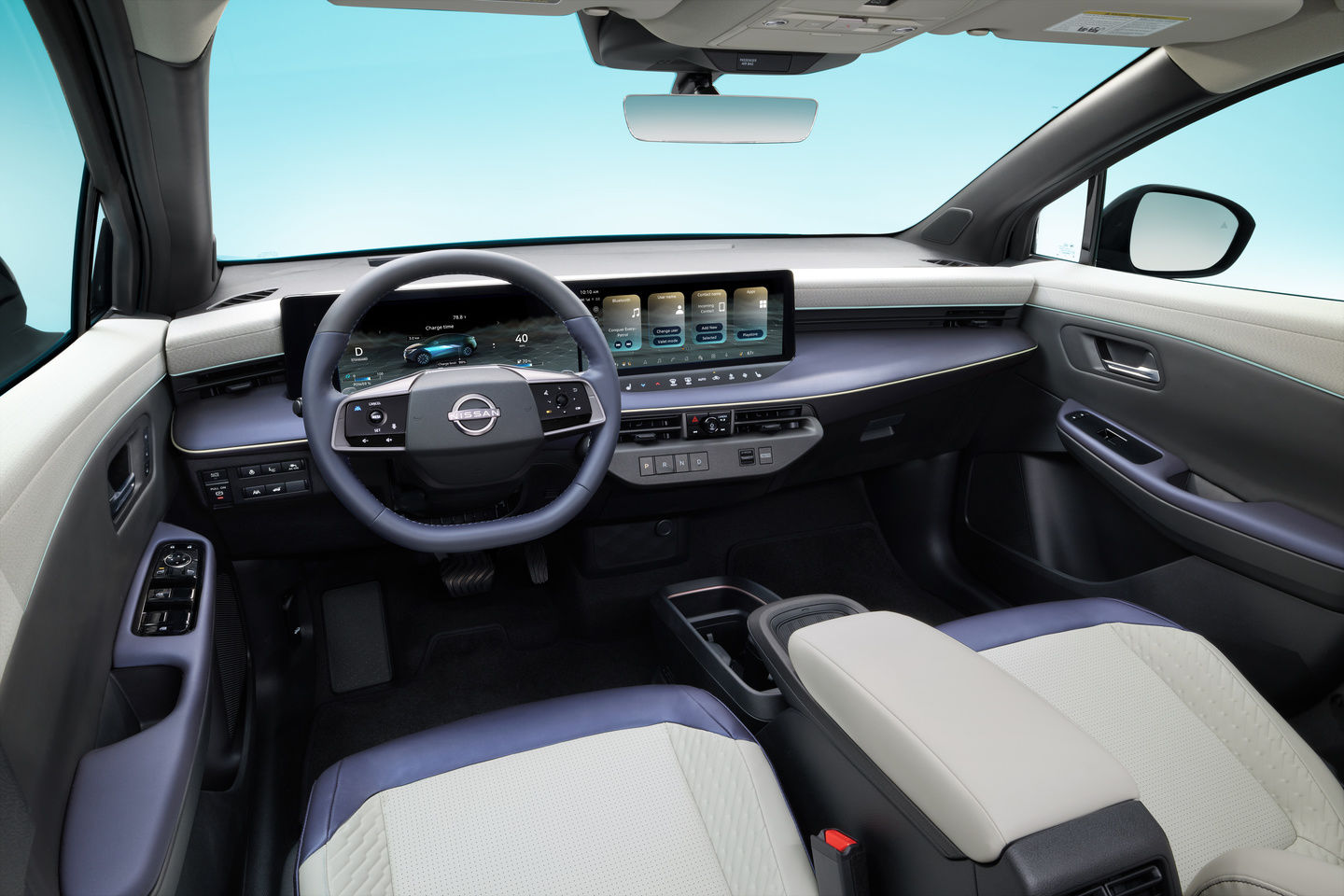
Interior technology centres on available dual 14.3-inch displays (SV+ and PLATINUM+ grades) that handle both instrumentation and infotainment functions. Google built-in provides native access to Google Maps, Google Assistant, and Play Store apps without requiring smartphone connectivity.
The available dimming panoramic roof uses multi-layer glass that can be varied from transparent to nearly opaque at the press of a button. This segment-first technology increases headroom while improving aerodynamics compared to traditional moonroofs.
Safety features include standard Nissan Safety Shield 360 across all grades, with Automatic Emergency Braking with Pedestrian Detection, Lane Departure Prevention, and Blind Spot Intervention. The 3D Around View Monitor with Moving Object Detection (S+ grade and higher) provides eight pre-selected viewing angles.
Production and Canadian Availability
Nissan will manufacture the 2026 LEAF at its Tochigi plant in Japan, alongside the ARIYA electric crossover. Initial Canadian deliveries begin in fall 2025, starting with 75 kWh battery configurations. The 53 kWh option will follow with late availability expected for Spring 2026.
Pricing details remain undisclosed pending the official Canadian launch. Nissan has indicated that maintaining the LEAF's position as an affordable electric vehicle option continues as a priority for the redesigned model.
Get complete specifications and availability updates for the 2026 LEAF at Fredericton Nissan.


